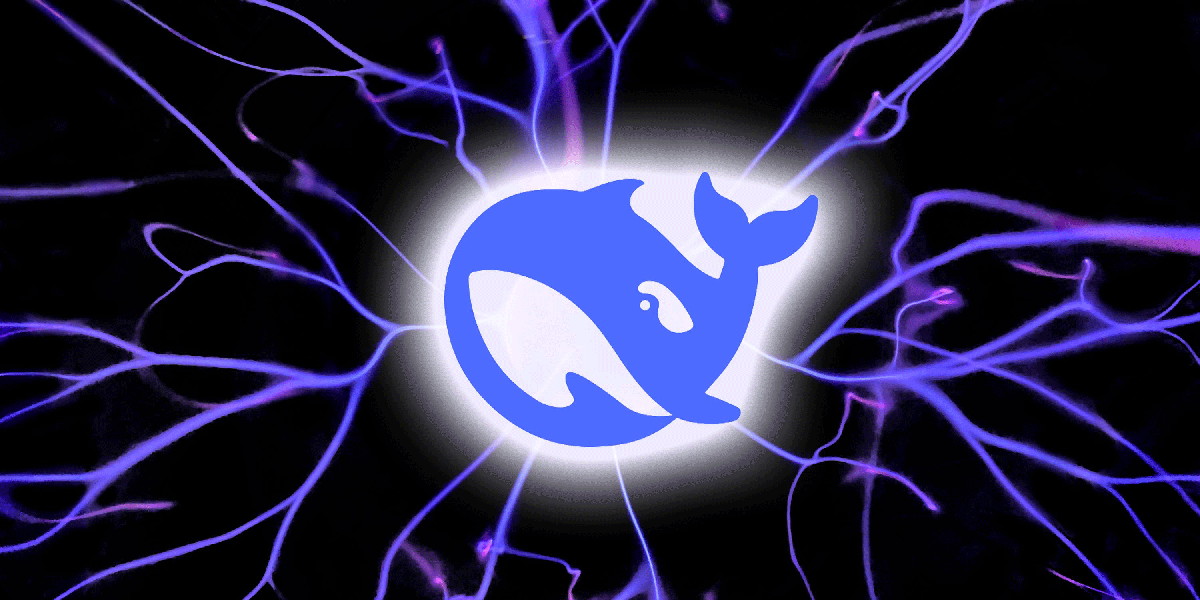Add the fact that other tech firms, inspired by Deepsek’s Approach, May Now Start Building Their Own Similar Low-Cost Reasoning Models, and the Outlook for Energy Consumption is alredy looking a lotus.
The life cycle of any ai model has two phases: training and infection. Training is the often month-long process in which the model learns from data. The model is then ready for infererance, which happens each time anyone in the world asks it something. Both usually take place in data centers, where they require lots of energy to run chips and cool servers.
On the training side for its R1 Model, Deepsek’s Team Improved What’s Called A “Mixture of Experts” Technique, In which only a PROTION OF A MODELLES BILLENS OF PARAMETES BILILES Etter answers – are turned on at A Given Time during training. More Notable, they improved reinforcement learning, where a model’s outputs are scored and then used to make it better. This is often don by human annotators, but the Deepsek team Got Good at Automating It.
The introduction of a way to make training more efficient might sugges That’s not really how it works, Thought.
“Because the value of having a more intelligent system is so high,” Wrote Anthropic Cofounder Dario Amodei On His BLOG, it “Causes Companies to Spend MoreNot less, on training models. ” If companies get more for their money, they will find itwhile to spend more, and therefore use more energy. “The Gains in Cost Efficiency End UP Entrely Devoted to Training Smarter Models, Limited only by the company’s financial resources,” He Wrote. It’s an example of what’s knowledge as the jevons paradox.
But that’s been true on the training side as long as the ai race has been going. The energy required for infection is where things get more interesting.
Deepseek is designed as a reasoning model, which means it’s mean to perform well Reasoning models do this using somebing called “Chain of thought.” It allows the ai model to break its task into parts and work through them in a logical order before coming to its conclusion.
You can see this with deepsek. Ask Whether it’s okay to lie to protect someone’s feelings, and the model first tackles the question with utilitarianism, weighting the immediative good against the immediative Future Future HARM. It then Considers Kantian Ethics, Which Propose that you should act according to maxims that could be universal laws. It Considers these and other nuans before sharing its conclusion. (It finds that lying is “General Acceptable in Situations with Kindness and Prevention of Harm Are Paramount, Yet Nuanced With No Universal Solutions,” If you’re curious.)
Source link
